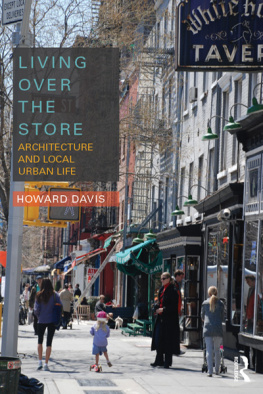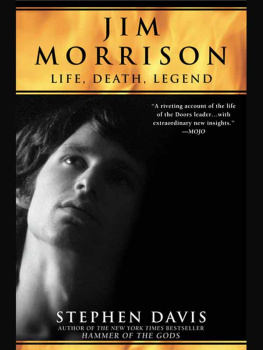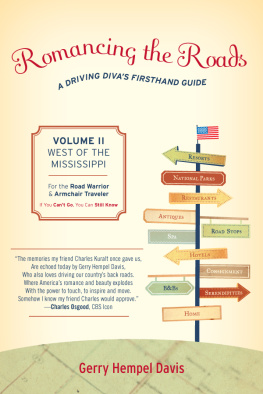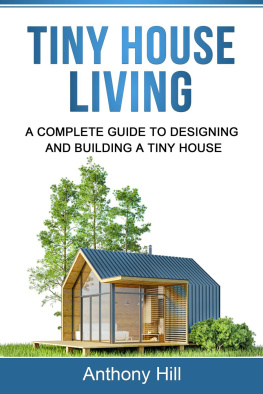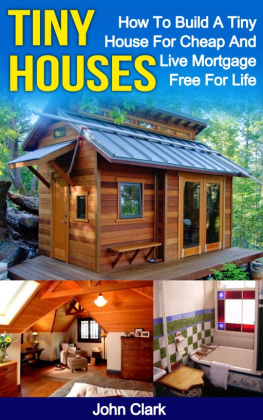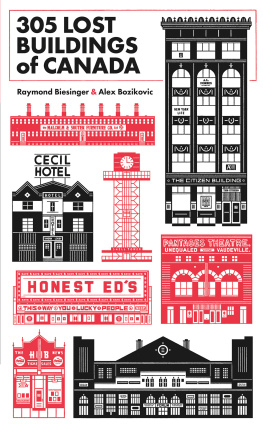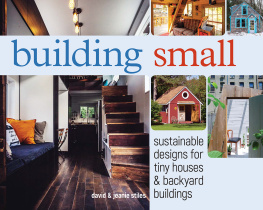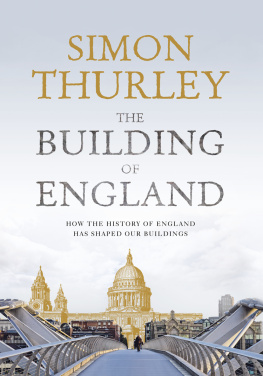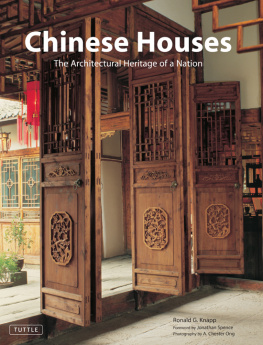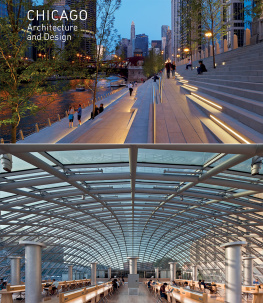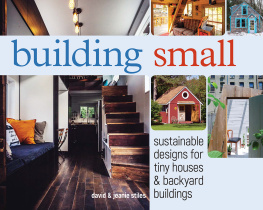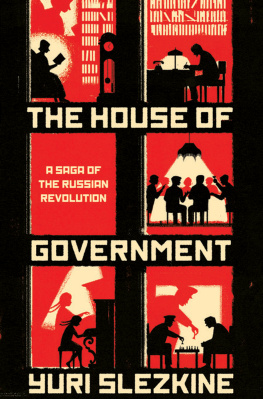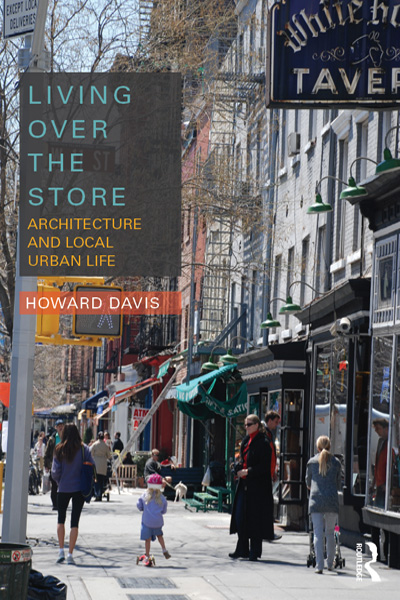LIVING OVER THE STORE
Urban buildings that combine commercial and residential uses have been found throughout history in cities all over the world. These are the shophouses of China and Japan, corner stores with apartments above in American small towns, merchants houses in northern Europe, apartment buildings with shops at their ground floors in cities in Europe and America, English terraced houses where the front room has been converted or extended into a shop. Although these buildings make up much of the built fabric of cities, no comprehensive book on them has been written, until now.
Providing a historical and cross-cultural account of these buildings, the book describes how twentieth-century cities developed to exclude such buildings, and offers a series of contemporary initiatives that are intended to bring back this archetype of the mixed-use building. An important feature of this kind of building is its flexibility to different family circumstances and economic change. The book describes how this adaptability is useful to people who are part of the new economy of self-employed knowledge-worker entrepreneurs as well as to people who are at the lower end of the economic ladder, who find economic benefit in being able to combine business and family life.
Architectural history and analysis, economic understandings of the city, and contemporary architectural and urban practice are combined here to provide a comprehensive look at the architecture, function and meaning of one of the most common buildings of historic and contemporary cities. It will be of interest to practicing architects and planners, architectural scholars, and students and others with particular interests in urban vernacular architecture, sustainable urbanism, and how our buildings and cities can best support the everyday lives of the people who inhabit them.
Howard Davis is Professor of Architecture at the University of Oregon. His work is concerned with the social and cultural frameworks of architecture, the process of building, and the relationships between building typology, urban morphology and grassroots economic development. His book The Culture of Building was named Best Publication in Architecture and Urban Studies by the Association of American Publishers in 2000.
LIVING OVER THE STORE
Architecture and Local Urban Life
Howard Davis

First published 2012
by Routledge
2 Park Square, Milton Park, Abingdon, Oxon OX14 4RN
Simultaneously published in the USA and Canada
by Routledge
711 Third Avenue, New York, NY 10017
Routledge is an imprint of the Taylor & Francis Group, an informa business
2012 Howard Davis
The right of Howard Davis to be identified as author of this work has been
asserted by him in accordance with sections 77 and 78 of the Copyright,
Designs and Patents Act 1988.
All rights reserved. No part of this book may be reprinted or reproduced
or utilised in any form or by any electronic, mechanical, or other means,
now known or hereafter invented, including photocopying and recording,
or in any information storage or retrieval system, without permission in
writing from the publishers.
Trademark notice: Product or corporate names may be trademarks or
registered trademarks, and are used only for identification and explanation
without intent to infringe.
The authors and publishers gratefully acknowledge those who have granted
permission to reproduce material in the book. Every effort has been made
to contact and acknowledge copyright owners. The publishers would be
grateful to hear from any copyright holder who is not acknowledged here
and will undertake to rectify any errors or omissions in future printings or
editions of the book.
British Library Cataloguing in Publication Data
A catalogue record for this book is available from the British Library
Library of Congress Cataloging in Publication Data
Davis, Howard, 1948
Living over the store: architecture and local urban life / Howard Davis.
p. cm.
Includes bibliographical references and index.
1. Shophouses. 2. City and town life. I. Title. II. Title: Architecture and
local urban life.
NA4177.D38 2012 2011016350
ISBN: 978-0-415-78316-3 (hbk)
ISBN: 978-0-415-78317-0 (pbk)
ISBN: 978-0-203-60959-0 (ebk)
Typeset in Corbel
by Florence Production Ltd, Stoodleigh, Devon
CONTENTS
Introduction
A quintessential urban building
Part III: THE DEATH AND LIFE OF THE MODEST
SHOP/HOUSE
Conclusion
Hybrid urban practice
PREFACE
This book has its origin on the streets of Manhattan where, during a walk in the summer of 2001, I realized that I was surrounded by buildings that had fascinated me for most of my life, but that I had never really stopped to think about. In New York, and in my travels, I was always attracted to the straightforward complexity of the historic mixed-use building, and saw in it the richness of the city and of urban life. This kind of building was not getting the attention and research it deserved but was passed over, in practice and scholarship, in favor of the building with a singular and less-mundane purpose.
Several things about these buildings always appealed to me. First was their spatial complexity, and the way different functions were deftly fitted into each other. Second was often a beautiful resolution of their faades. And there was often a four-squareness and ordinariness about the buildings, which appealed to that part of me that also liked subway cars and thinking about the people with brown shopping bags who rode in them, many of whom were going home to apartments located over stores.
But above all, perhaps, these buildings are purposeful. The story I have tried to write in this book is one that describes the shop/house as embedded in the social and economic life of the urban district, that recognizes its continuities across different cultures and historic periods, and that sees it not only as a historical curiosity but as a kind of building that has relevance for the future. As global urbanization continues, as there is an increasing need to (re-)discover sustainable forms of city life, and as the restructuring of economies continues, there is a growing need for urban and architectural forms that can flexibly accommodate innovation and enterprise at the grassroots.
So although this book includes historical descriptions of buildings in different cultures, and accounts of their transformation over time and geography, this is also a work of advocacy. One of my intentions is simply to understand a phenomenon that is one of the most ubiquitous in cities - that fact alone gives the study justification. But at the same time, as people continue to search for more connected ways of living in cities, the historical and cross-cultural evidence may provide one foundation for maintaining and reinterpreting these kinds of buildings.

Two years before she died, I was able to thank Jane Jacobs for her contributions to our urban future. The ideas in this book owe a lot to her work, and particularly to her common-sense way of observing the city - no less vital now than it was when she wrote The Death and Life of Great American Cities. Conversations with different people helped me develop these ideas. Matt Brown and I have talked extensively about the relationships between building types, urban morphology and local economic life, and are continuing this research. Tom Hubka has been a passionate and knowledgeable guide to American working-class housing, and more generally to the importance of including the most humble buildings in our view. John Rowell, Greg Brokaw and the staff of their firm have helped me understand the issues in contemporary mixed-use projects. And my friend and mentor Christopher Alexander helped me see the shop/house as an economic/social phenomenon at least as much as an architectural one.

